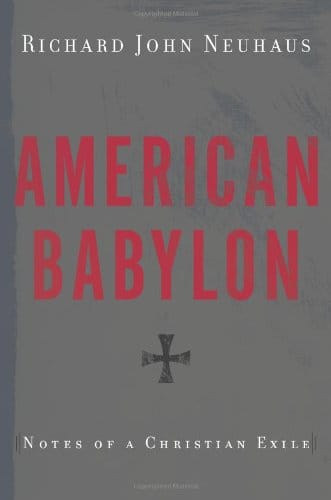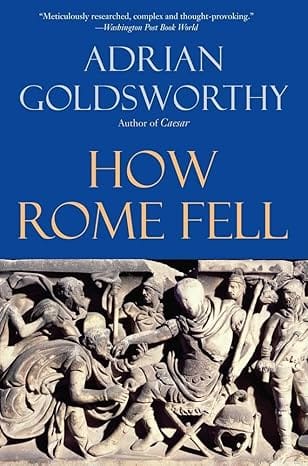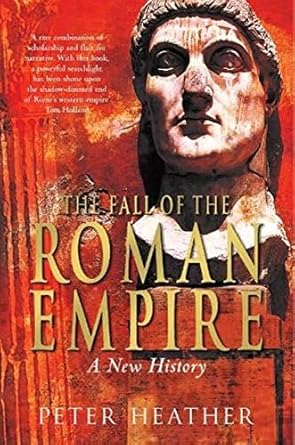St. Augustine and Saxons
Ross Douthat posted a trio of links to articles about St. Augustine, in the service of criticizing Stephen Greenblatt's anti-Christian animus.



The articles are pretty interesting, but it was the second one that really caught my eye.
Similarly, it is a gross distortion to describe medieval people as “an anxious populace” scanning “the horizon for barbarian armies.” By “barbarian” Greenblatt presumably means the Goths, Vikings and other non-western-European peoples who migrated out of Asia and the Baltic regions beginning in the first century. Scholars of Late Antiquity know that this process of migration was primarily characterized by gradual colonization and assimilation, not decisive battles fought by bloodthirsty hordes. (The battles get more prominent mention in written sources but archeology tells a different story.)
Greenblatt may dislike Christians, as the article quotes him at length on the subject, but Greenblatt has a better grasp on the reality of death by the sword than Jim Hinch does. We know from ancient DNA that 25-40% of the ancestry of the British is Anglo-Saxon, with a cline from East to West. Earlier invasions in the same place were far worse, with 93% population replacement during the Bell Beaker expansion.
Hinch cites archaeologists as his source, so he is perhaps only guilty of trusting the wrong people. Robert E. Howard turns out to be a better source than most archaeologists on this subject.




Comments ()